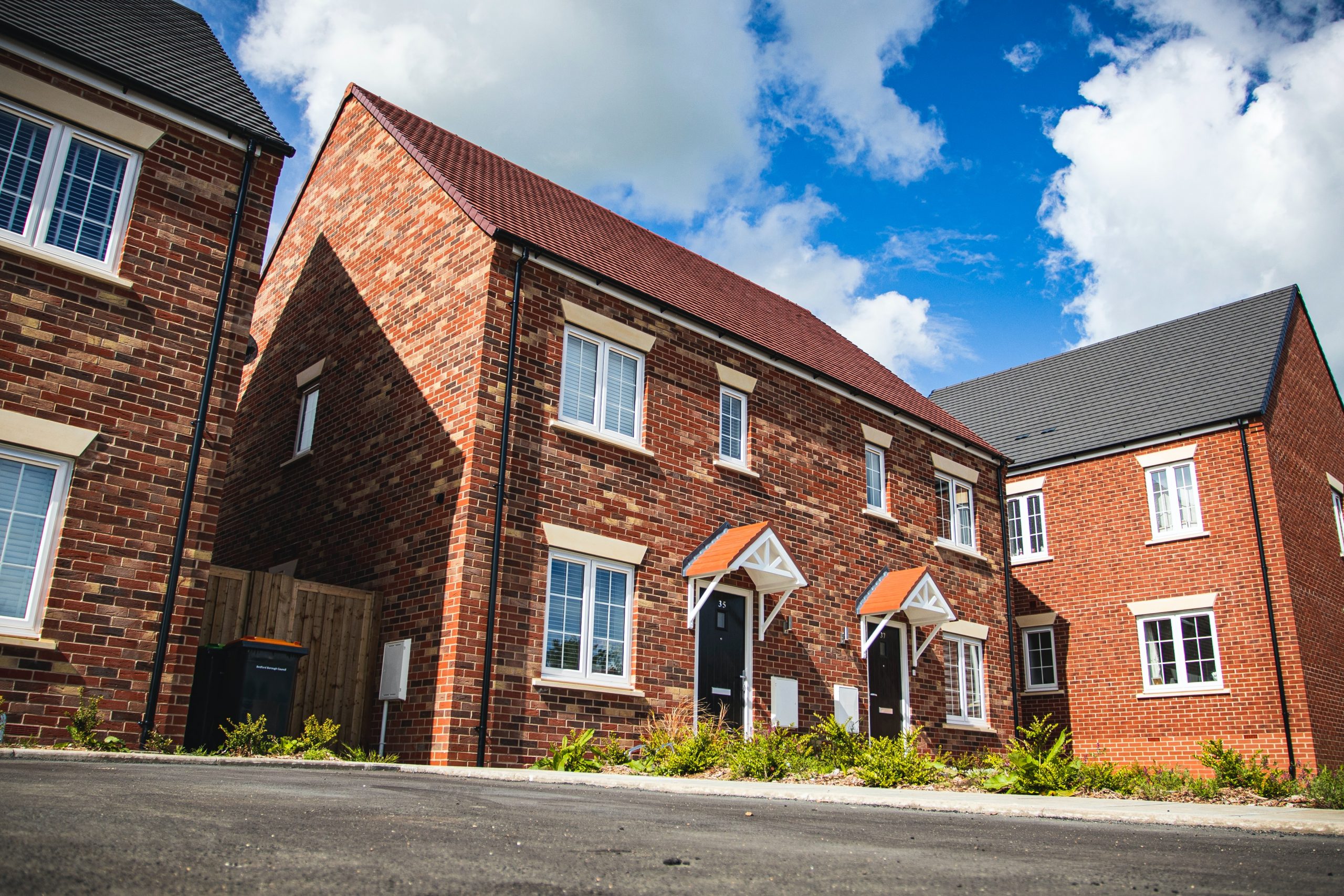The UK housing market is “back to business as usual”, after a welcome level of stability returned to the market following a period of unprecedented uncertainty created by September’s mini-Budget, which sent the price of fixed-rate mortgages soaring.
The property portal reports that a level of stability has returned to the market after a period of unprecedented uncertainty created by September’s mini-Budget, which sent the price of fixed-rate mortgages soaring.
Inflation seems to be on the way down, albeit more slowly than hoped, and while another interest rate rise cannot be ruled out, market forecasts suggest that we are nearing the end of these increases.
All in all, the fundamentals are encouraging for the property market, according to the latest housing market update from OnTheMarket (OTM).
The latest data provided by the property portals shows that 70% of UK buyers are confident that they would buy a property within the next three months, compared to 71% in March.
Contact us today to speak with a specialist Commercial Finance Broker to discuss how we can assist you.
As well as continuing confidence among buyers, OTM’s figures also reveals that seller sentiment remains stable, with 64% of vendors confident they would sell their property within the next three months in April, compared with 63% in March.
“There are usually regional variations as there’s no such thing as a uniform property market but even so, this time around there was little fluctuation across the country in April,” said OTM CEO, Jason Tebb.
Meanwhile, almost half – 43% – of all properties were SSTC within 30 days of first being advertised for sale in April. While this is less than last April’s 63%, Tebb points out that market conditions were very different then with double-digit price growth and the ‘race for space’ in full swing.
He continued: “Now, a welcome element of stability has returned, with the numbers perhaps impacted by the Easter holidays and the traditional seasonal dip in the market when families are away and house hunting isn’t a priority.
“While Nationwide building society reports that house prices rose by 0.5% in April after seven consecutive months of falls, of more interest to agents are transaction numbers, as these are a much better indicator of the overall health of the market.
“Encouragingly, transaction numbers are also on the rise after months of declines, according to HM Revenue & Customs. Meanwhile, the Bank of England’s mortgage approvals for house purchases, an indicator of future borrowing, are also rising, although they remain below the monthly average for last year.”
Some volatility is still evident when it comes to mortgages. Mortgage rates, which soared in the autumn before falling back in the early part of this year, have recently edged upwards again as Swap rates, which underpin the pricing of fixed rates, have risen once more.
“There’s good news for first-time buyers however,” said Tebb. “Lenders have been cutting rates on higher loan-to-value(LTV) mortgages, suggesting they’re confident about the prospects for the market.”
Read about the UK Housing Market via our Specialist Residential & Buy to Let Division
He added: “A period of relative normality and stability will be extremely welcome after all the ups and downs of the past few months. People move for different reasons and are steadily getting on with the business of moving.
“Despite the recent upheaval, soaring inflation, the rising cost of living and higher mortgage rates, things are settling down and instead of peaks and troughs, the market has transformed into something more consistent. It would be fair to say that the market has rebalanced and looks as though it’s set for ‘business as usual’ going forwards.
By Marc Da Silva
Source: Property Industry Eye







